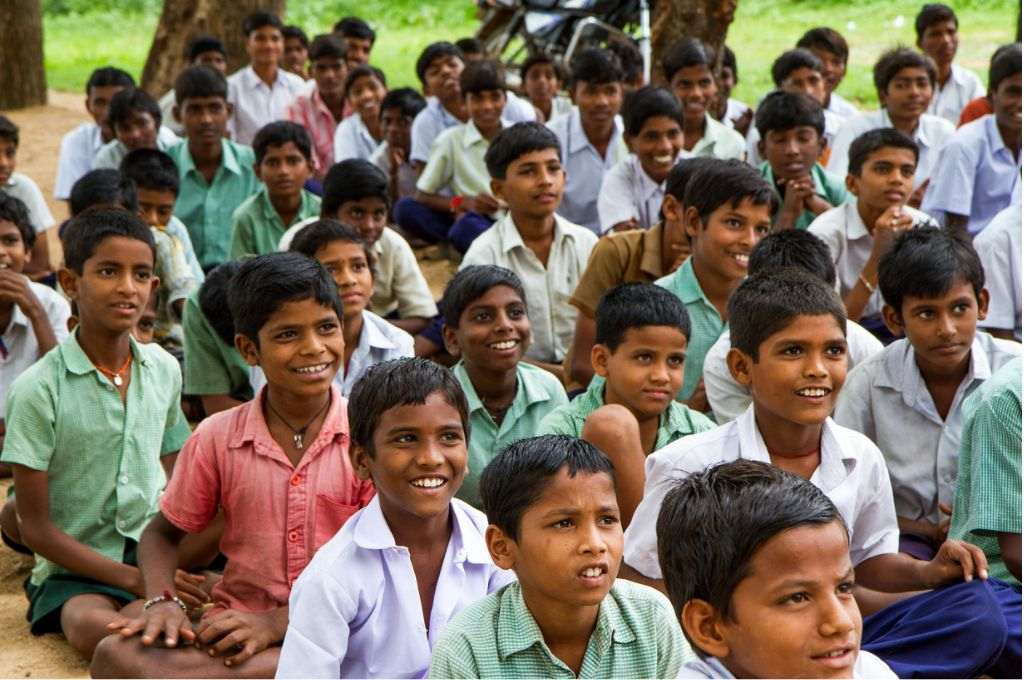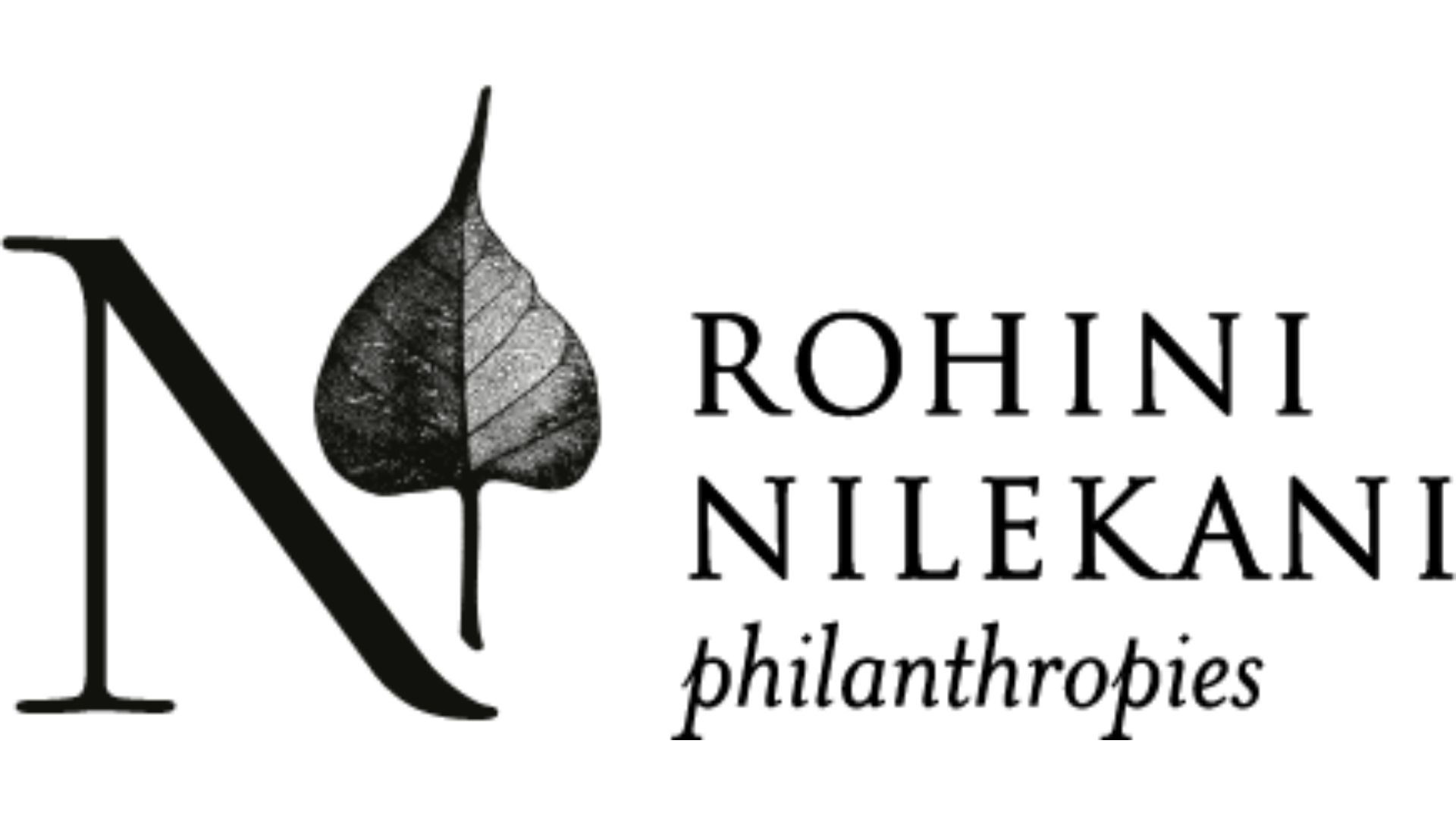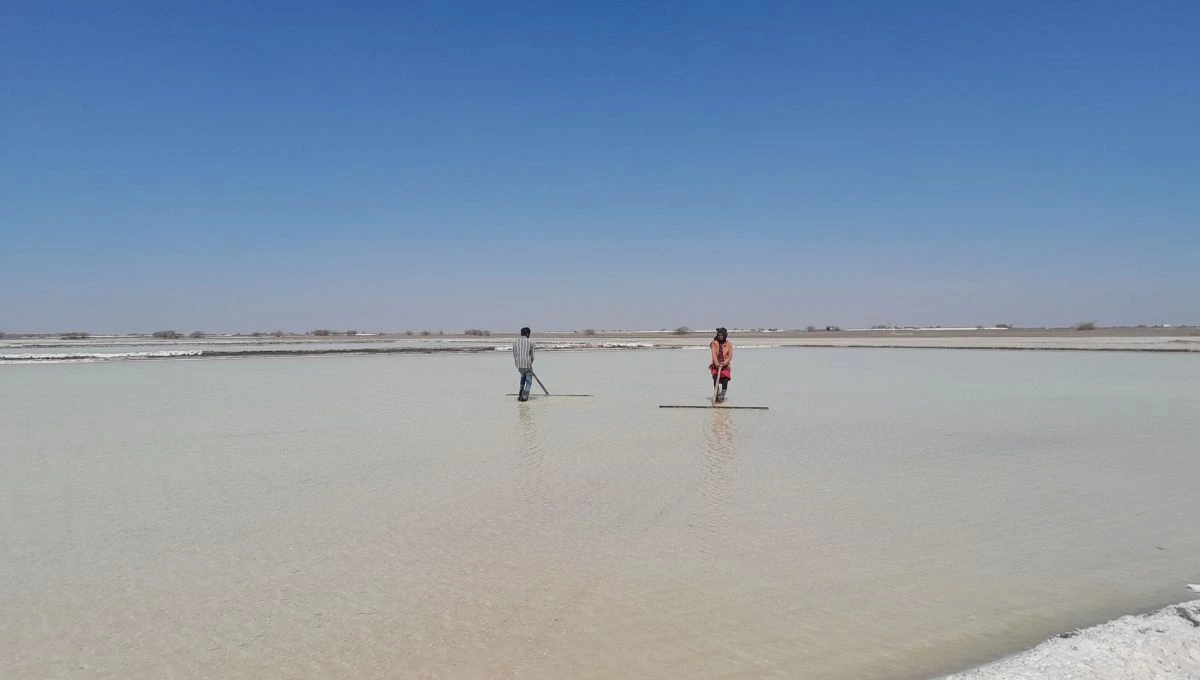Since the early 1990s, there have been gender programmes that work with men. Both internationally and in India, the early ‘male engagement’ programmes that existed addressed the issue of violence against women and girls (VAWG). This is not surprising, given that, as this report states, most perpetrators of violence against women and girls tend to be male. However, the importance of working with men, when it comes to issues of gender, is far greater than addressing violence alone.
‘Male engagement’ programmes refer specifically to programmes that work with men and boys on gender equality, rather than on other issues. (More formal definitions of male engagement and related terms can be found here.) There is ample evidence that points to the benefits of engaging men and boys on issues of gender. One example is the evidence that shows men are less likely to be depressed, die by suicide, or die a violent death in more gender-equitable societies. Additionally, adolescent boys in these countries have fewer psychosomatic complaints.1
In 2019, Rohini Nilekani Philanthropies commissioned a study to understand the benefits of male engagement programmes (from the perspectives of nonprofits who conduct them as well as the participants) and their unintended consequences. The study consisted of three years of primary and secondary research on the male engagement programmes that RNP was funding in India at the time—beginning with eight in 2019 and expanding to 10 in 2020.2 In addition to Theory of Change workshops, other primary research methods included interviews with participants and their female family members or friends as well as focus group discussions.

The insights in this article draw heavily on both practitioner experience and research evidence, and seek to highlight observations as well as considerations that are important in the field of male engagement programming. Rather than prescribing solutions, the piece seeks to enrich debates within this space by encouraging more organisations to enter the field of male engagement, and to do so informed by research as well as practice.

Look at the evidence, and decide programming accordingly
Evidence suggests that involving fathers in services relevant to maternal and newborn health can contribute to reduced workload and greater emotional support for women during pregnancy, as well as improved birth preparedness and postnatal care attendance.
Therefore, donors and nonprofits who want their programmes to be based closely on existing evidence should consider these kinds of interventions. In other areas, where the evidence base is less robust, programming and funding should be structured to enable rapid learning and adaptation.
When working on male engagement, it’s important to do so across age groups and tailor programming accordingly
While the benefits of working with men (fathers in particular) are clear when it comes to gender, nonprofits highlighted that there is an increasing need to start younger. Concerns including the negative influences on attitudes and behaviour of gender segregation in schools and the lack of access to sex education (from sources other than pornography) have led to this view. However, when designing interventions, it’s important to look at the evidence for age-specific programming. How younger boys will react to a specific programme can be quite different from how adolescents in their mid-teens might react, and this ultimately affects outcomes.
Programmes tend to be more effective when participants are below the age of 14, and need a different approach for middle adolescents.
For instance, one programme in Maharashtra found that efforts to minimise the consumption of pornography and violent entertainment by 13–14-year-old boys, by having them think more critically about the content they consume, was ineffective. A plausible reason for this could be related to male cognitive development: When it comes to boys, it is only from the age of 15 to early adulthood that they develop the ability to question, reflect on, and construct their own ideas about gender norms and roles. Given this, it’s worth considering whether a more effective strategy to address the consumption of pornography and violent entertainment by 13–14 year olds might be to engage parents rather than the boys themselves.

In contrast, research from Australia, Europe, and North America found a decline in effectiveness in programmes preventing bullying with middle adolescents (typically 14–17 year olds) than with younger participants. These programmes tend to be more effective when participants are below the age of 14, and need a different approach for middle adolescents.
When designing interventions, bear in mind the role that programme duration plays in achieving outcomes
Ideally, the outcomes that a programme wants to achieve should be decided first, and its duration should be determined accordingly. In some circumstances, when a donor or nonprofit has limited time to invest, it’s better to choose a programme with outcomes that are achievable in that time period. It’s important to note, however, that expecting long-term outcomes within a short programme cycle simply sets you up for failure.
Let’s take the example of one of the nonprofit organisations that was part of the study. Their programme enables male adolescents to lead by example in breaking gender stereotypes and addressing violence against women and girls, so that they experience more meaningful and healthier relationships, and women and girls experience greater gender equality. This programme is integrated with the nonprofit’s work with women and girls.
During our study, organisations working with children or adolescents stated backlash as a frequent unintended consequence of their programmes.
At the time the research was conducted, the male participants interviewed had been in the programme for an average of two to three years each. In this time period, they had stopped child marriages, increased their contribution to housework, and acted against street harassment. In contrast, another organisation that runs a child sexual abuse prevention programme saw results in a short period of time. Their programme ranges from two to six hours in length (one hour per day), and is repeated with the same set of children every two to three years. Both an internal and external evaluation found that, despite the short programme duration, a substantial percentage of participants was able to recall its key concepts and messages and that most participants who faced unsafe situations were able to protect themselves by applying what they had learnt from the programme.
Pay attention to unintended consequences
Many programmes face unintended consequences from time to time. These tend to be negative outcomes that emerge as a side effect of the programme.
During our study, organisations working with children or adolescents stated backlash as a frequent unintended consequence of their programmes. Here, the negative outcome refers to backlash against boys and/or male adolescents who try to challenge gender equality. (This is distinct from backlash by men when women challenge patriarchal gender norms.) Given the potential for negative outcomes, programmes engaging adolescents should consider a more pre-emptive approach to mitigating backlash. One way of doing this in the context of gender programming is through ongoing stakeholder engagement. Respondents in the study mentioned that conducting periodic meetings with parents, teachers, school principals, and village leaders to secure their support is an effective way of pre-empting such backlash.
Additionally, it’s important to train field teams so they can be more attentive to potential negative outcomes. Once they are able to identify unintended consequences, it’s easier to carry out periodic evaluations to learn more and take actions towards mitigating them.
Understand what will motivate male adolescents to remain engaged in your programme
A recent global review of gender programmes found that a lack of interest in such programmes was one of the main reasons male adolescents either did not join or dropped out. To address this issue, some of the organisations in our study hypothesised that male adolescents would be motivated by the opportunity to challenge rigid gender norms around masculinity. This would allow them to make choices and behave in ways that they aspire to. Other organizations hypothesised that male adolescents would be motivated by the opportunity to gain transferable skills through programme participation.
Those who work with mixed-sex groups said that these spaces begin to normalise interactions between young men and women, or boys and girls.
Our research found that male adolescents placed more value on the latter approach of gaining transferable skills. However, given that challenging rigid gender norms is central to male engagement, our recommendation is to focus on enabling participants to gain transferable skills initially, and later identify and work towards aspirations that are constrained by masculinity. For example, one programme that we studied started with building communication and leadership skills in participants, and was later successful in having them stop child marriages, do more housework, and act against street sexual harassment.
There are unique benefits to working with both single-sex and mixed-sex groups
The practitioners in the study were equally divided between those who worked with single-sex groups and mixed-sex groups. This is not surprising, given that the evidence is not conclusive on whether it is more effective to work with single- or mixed-sex groups. On the one hand, an advantage of working with single-sex groups is that they enable male participants to discuss sensitive subjects freely. On the other hand, working with mixed-sex groups gives males and females the opportunity to understand each other’s views, opinions, and needs and to communicate with one another on sensitive issues.
In the study, those who work with mixed-sex groups said that these spaces begin to normalise interactions between young men and women, or boys and girls. At the same time, those who work with single-sex groups stated that one reason for doing so is that male and female participants can require different content even on the same subject, such as consent.
Donors and practitioners designing a male engagement programme for the first time should consider the advantages of both options, and then make an informed choice about which to pursue.
There are many approaches to scaling
In our study we found that organisations have attempted to scale using one or more of the approaches below:
- Schools: ‘Originators’ expand their reach to more schools, and/or integrate their programme into the curriculum.
- Peer groups: The lessons from the programme are transferred by current or past participants to groups of their peers, and they have considerable autonomy over programme design and delivery.
- Training trainers: Professionals (such as teachers, nonprofit staff, and counsellors) are trained by the originators to deliver their programmes. Originators can maintain a moderate degree of control over programme delivery.
- Nonprofits: Other nonprofits adapt the programme to their organisational and community context. They enjoy considerable autonomy over programme design and delivery.
- The public: Patriarchal beliefs that are widely held by the public are challenged by circulating evidence and/or ideas to the contrary, often using online channels.3
Programmes should not begin scaling until they are able to produce evidence of their effectiveness.
Initial observations indicate that scaling programmes through schools has been the most effective in reaching large numbers in the shortest time period. One hypothesis for this is that schools provide a captive audience as opposed to needing to recruit children individually. And it’s possible to aggregate students across schools too if they are under the same management or share a common curriculum.
Another model that came to light in the study was of an organisation that runs a leadership development programme integrating a focus on gender and other social norms. Nonprofits working in diverse sectors nominate their staff for the programme, during which they are mentored both by the originator and by their nominator. And participants’ peer groups and the nonprofits that nominated them are involved from the beginning. Once participants complete the programme, they are expected to integrate a focus on gender and other social norms into their work, which is facilitated by having a pre-existing support system of peers and mentors with the same priorities.
These examples indicate that it is important to consider how a programme should scale even when it is at an early stage. Having said that, programmes should not begin scaling until they are able to produce evidence of their effectiveness, and negative unintended consequences are either mitigated or ruled out.
Footnotes:
- Anne Karpf, “We all benefit from a more gender equal society. Even men,” The Guardian (2020) quoted in Ayesha Gonsalves, “Transforming ‘Men-talities’,” (2020).
- The 10 programmes that participated in the study are Arpan, Cequin, Coro, Equal Community Foundation, Pradan, Project KHEL, Swayam, The Gender Lab, The YP Foundation, and Uninhibited.
- This approach relates more to ‘scaling an idea’ by having it reach a large audience rather than ‘scaling a programme’, which has to do with expanding a programme’s operations and, consequently, its reach to different geographies.
This article was updated on May 8, 2022 to include the list of organisations that participated in the study on male engagement programmes.
—
Know more
- This report is a must-read for programmes that engage adolescents and are concerned about backlash. It identifies which stakeholders to expect backlash from and why, as well as strategies for mitigation.
- If replicating a male engagement programme, refer to this presentation that contains multiple considerations specific to planning, values, training, and ensuring fidelity to the original programme.
Do more
- Donors: Initiate conversations with nonprofit partners to identify how your support can include the integration of male engagement into programming.
- Nonprofits: Initiate conversations internally to identify how to integrate male engagement into your programmes.
- Share lessons from male engagement programmes through writing blogs, creating videos, and hosting/participating in panel discussions.





